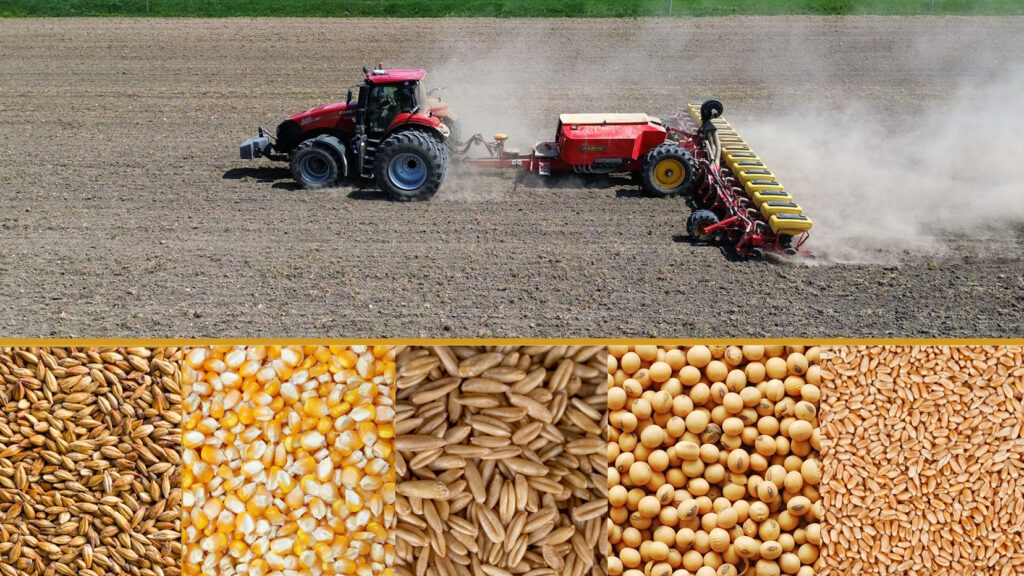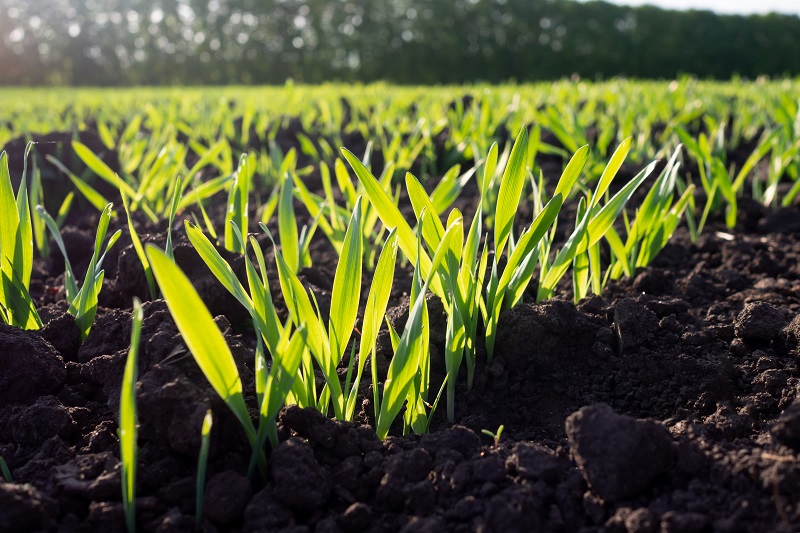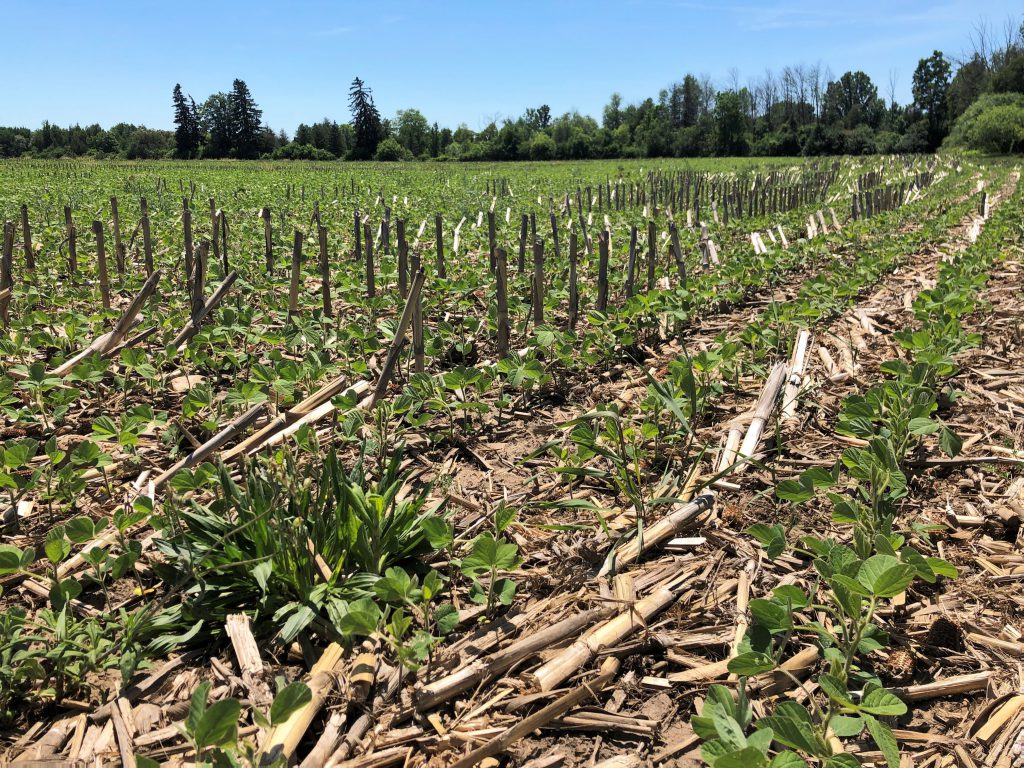How are grain farmers protecting our environment?
Ontario grain farmers work hard to ensure the work they do to produce our quality grains will only have beneficial impacts on our future. This is how they protect our environment. Growing grains sustainably is a priority for #YourFarmers, because, without healthy soils, waterways, airways and other local environments, we cannot have healthy grains or ultimately, healthy food.
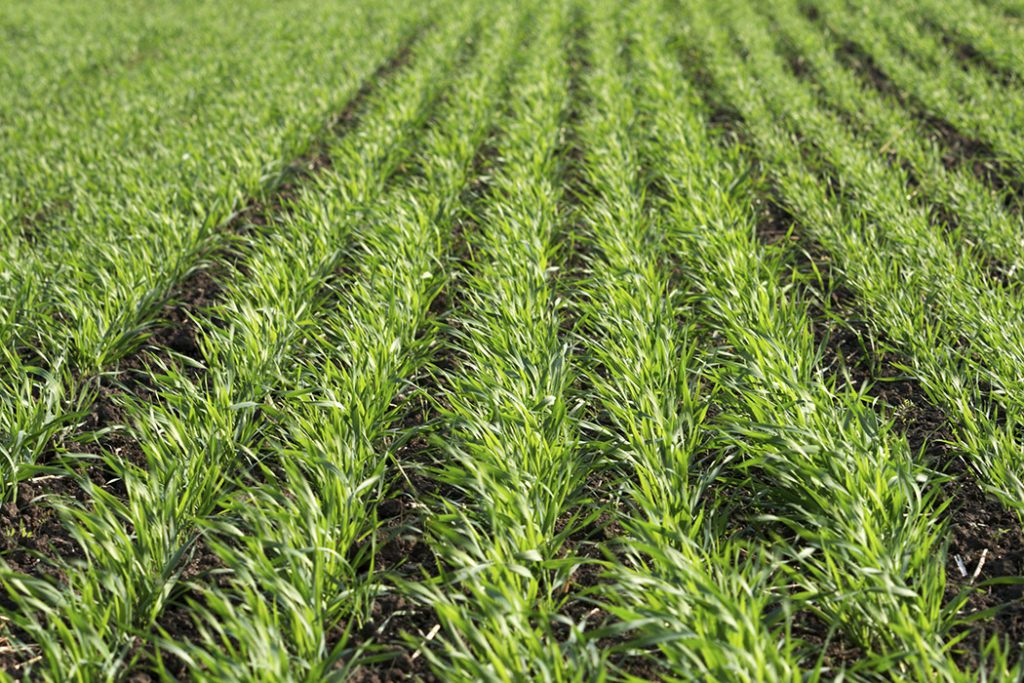
Quick Facts
- Sustainability is the ability for our farmers to be economically viable, while not sacrificing our social and environmental responsibilities.
- Climate impact in the production of winter wheat decreased by 30% between 1981 and 2011.
- Use of conservation and no-till on cropped land more than doubled in Canada between 1991 and 2006.
- The ‘very low soil erosion class’ includes 29% of Ontario cropland.
- Since 1981, Ontario soybean production land use efficiency has increased by 17%.
- 1 of every 8 Canadian jobs is related to Agriculture.
- Over the last 34 years, Ontario’s grain farmers have reduced their climate impact1 in corn by 37%.
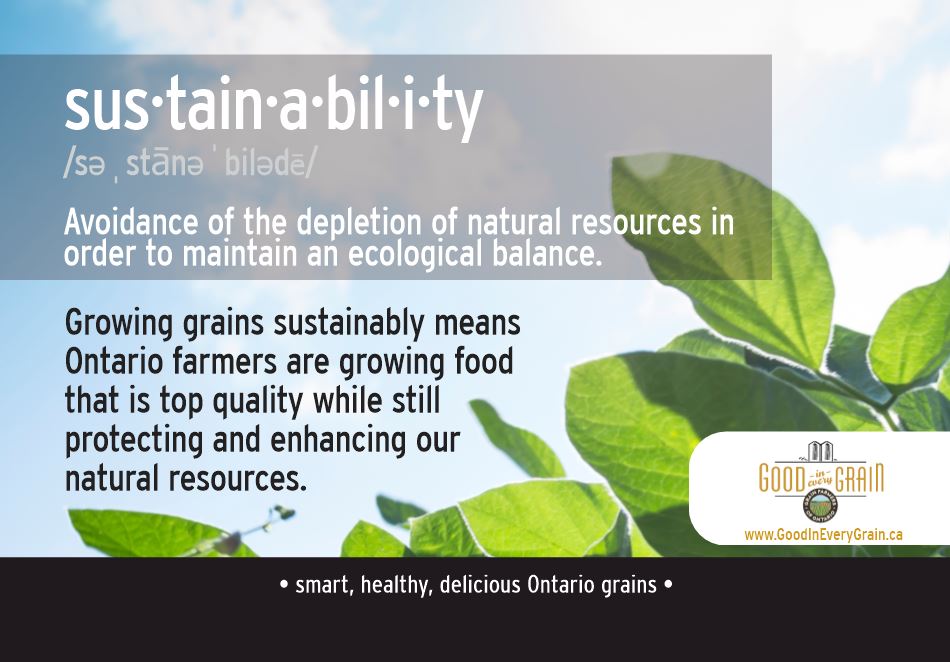
Growing grains sustainably allows #YourFarmers to protect our environment. Sustainable farming means farmers are keeping our soil healthy, our waterways protected, and reducing their carbon footprints and reducing their use of inputs like fertilizers and pesticides.
Test your sustainability knowledge!
What has already been done?
Over the past decades, Ontario’s grain farmers have worked hard to reduce their impact, while still growing an abundance of sustainable grains.

Between 1981 and 2011, Ontario’s grain farmers increased land use efficiency by 35% for winter wheat.
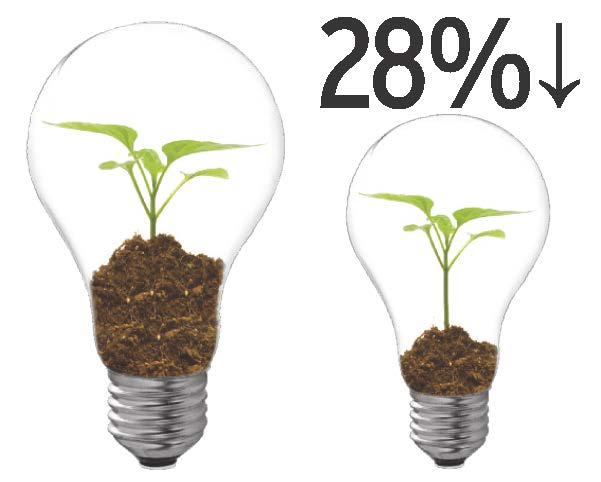
28% less energy was used between 1981 and 2011 to plant, grow, and harvest soybeans (Energy use includes field work, fuel, electricity, energy to produce fertilizer or machinery).
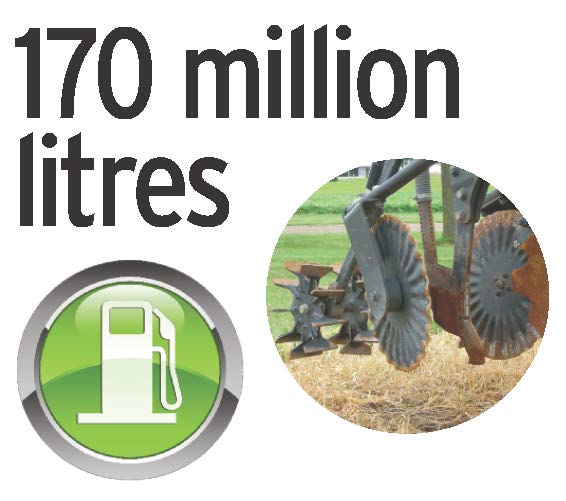
Conservation tillage in Canada saves more than 170 million litres of fuel from being burned.
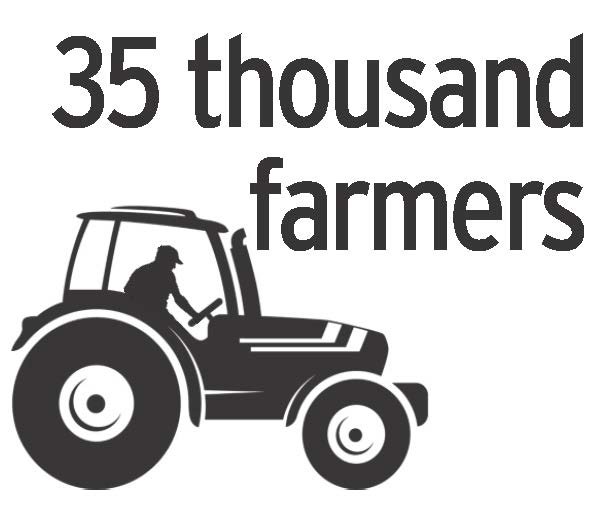
Since 1993, the Environmental Farm Plan (EFP) program has helped more than 35,000 Ontario farmers develop and implement more environmentally sustainable practices on their farms.
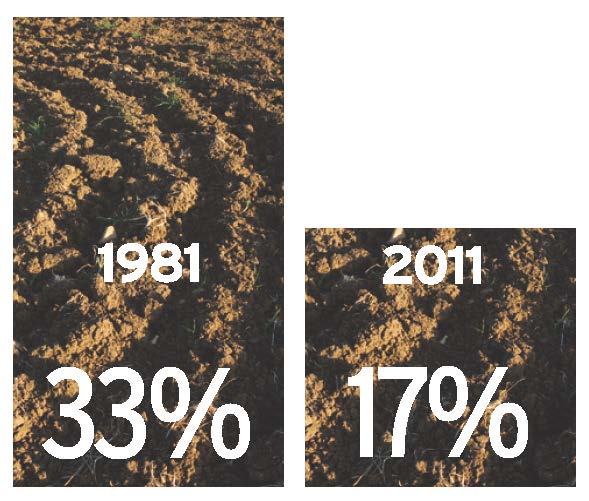
Ontario cropland in very high risk soil loss class has decreased from 33% to 17%.
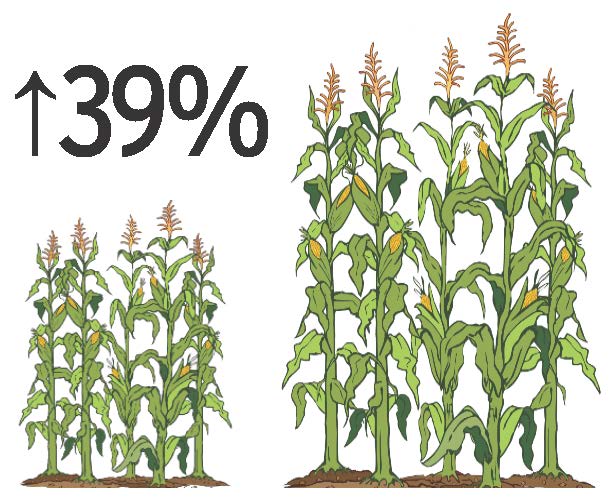
Strong yield increases have led to 39% improved land use efficiency since 1981, growing more corn on the same amount of land.
The Ontario grain farming advantage: #YourFarmers making growing grains sustainably a priority on their farms
Sustainability rockstars
Watch how #YourFarmers are farming sustainably:
Sam Snobelen is a grain farmer near Ripley, Ontario. Sam’s farms are certified as sustainable by the Round Table for Responsible Soy. Meet Sam while he plants soybeans on a hot spring day, and learn why he makes sustainability a priority on his farms: “If we don’t look after the soil now, it’s only going to get more challenging in the future. It’s really advantageous for us as growers and our customers.”
Shawn Helmuth is a grain farmer near Mount Forest, Ontario. In this video, Shawn describes the special equipment he uses when seeding no-till soybeans in May. No till is a planting process that means the soil is not tilled or disturbed before the seeds are planted. This means no ploughing, cultivating or “loosening” the soil before planting seeds.
Paul Dietrich is a grain farmer near Lucan, Ontario. Meet Paul as he inspects a field of emerging corn plants; these seedlings are growing out of the remains of last season’s cover crop. Paul says: “The reasons we grow the cover crop is for good soil health, less soil erosion, and the sustainability of the soils.
#YourFarmers focus on growing safe, healthy and delicious grains while protecting our Earth’s resources. Farming with soil sustainability in mind allows farmers like Dave and Tennille to grow our food today while protecting our farmland for future generations.
Henry works hard at following the 4R Nutrient Stewardship Strategy. This management strategy ensures nutrients are applied at the right source, at the right time, in the right place, and in the right amounts. BY following these four strategies, Henry and other grain farmers can help reduce the risk of nutrient or fertilizer runoff from Ontario’s grain fields.
#YourFarmers are working on reducing the phosphorous and other nutrients runoff by planting cover crops. Cover crops can help reduce the movement of soil and nutrients away from a farm field and can add organic matter back into the soils.
#YourFarmers like Justin, make sure they know what the fields need before planting or applying nutrients. They manage their soils through filed mapping and soil testing in order to make the best decision to keep the soils, and nearby waterways healthy and viable.
#YourFarmers are using many sustainable farming practices like following strategies to reduce nutrient run offs, planting cover crops, sampling their fields, keeping field edges in their natural states in order to protect their local environments. Protecting our environment is a major priority of Ontario’s grain farmers because without healthy environments we would not have healthy grains, or the ability to grow healthy grains in the future.
Read the following factsheets on more farm practices!
Protecting pollinators | Soil activity sheet | What is glyphosate? | What do you want to know about GMO’s? | What are the benefits of GMO’s?
1 Climate impact includes energy use indicator (converted to CO2 equivalents), along with soil organic carbon, direct nitrous oxide emissions (from nitrogen fertilizer applications, nitrogen that becomes available after crop residue decomposition), indirect nitrous oxide emissions (from leaching/runoff and volatilization).

